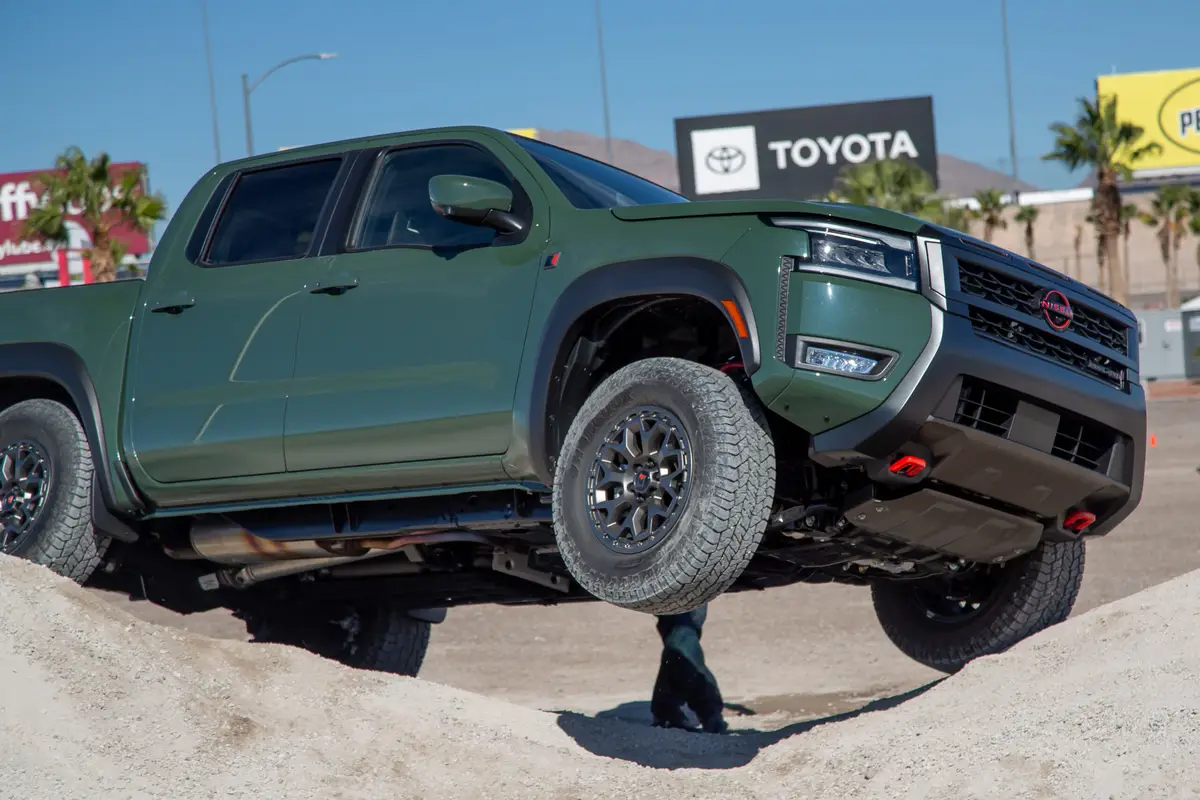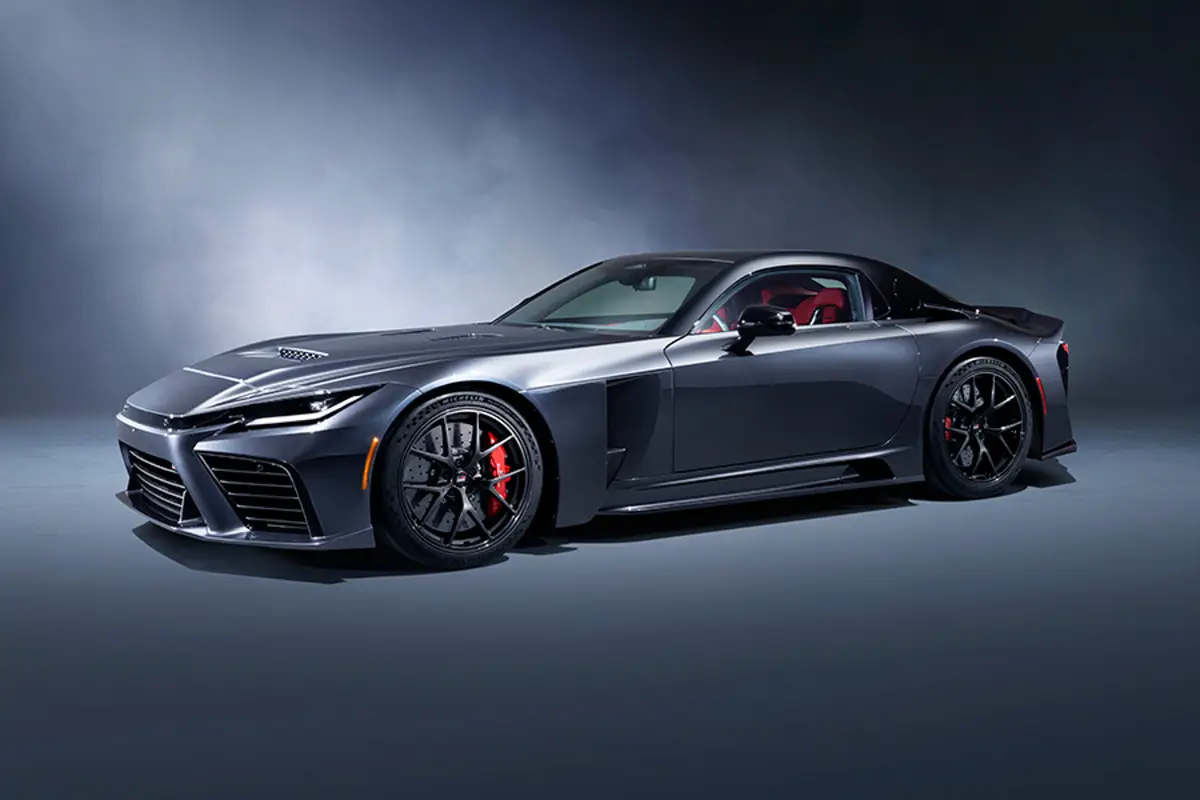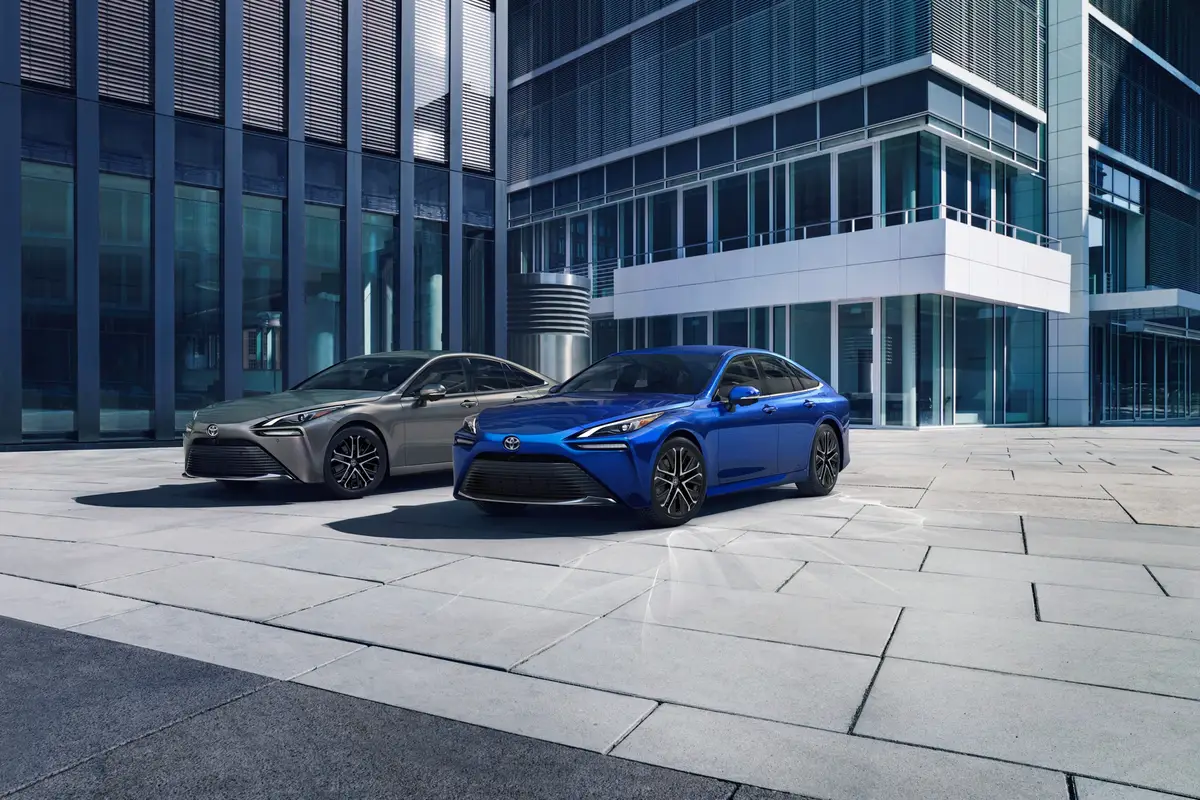TheMercuryNews.com's view
There’s a new Mustang on the road, but don’t feel out of touch if this is news to you.
Unlike the Volkswagen Beetle, another pop-culture icon of the ’60s making news in the ’90s, or even the next Ford Thunderbird, shown in dazzling concept form in Detroit in January long before its release as a 2001 model, the Mustang has no sizzle these days.
The same is true of its only competitor, the Chevy Camaro and Pontiac Firebird twins from General Motors. These three constitute a segment called pony cars, a once-vibrant part of the American automotive landscape since the first Mustang arrived 35 years ago this month.
Pony cars and muscle cars defined American iron in the ’60s. Today, they’re fodder for nostalgia buffs and cover stories for magazines like Car Collector.
Sure, the supposed battle between the Mustang and the Camaro still appears on a semi-regular basis in monthlies like Car and Driver and Road & Track, but these stories are as out of touch as these vehicles. It’s strictly preaching to the converted these days.
Ford dealers sold 145,000 Mustangs last year. Chevy dealers found 48,000 Camaro buyers. Only 32,000 Firebirds left Pontiac showrooms. These numbers have dwindled for years. Remember, Ford sold nearly 420,000 Mustangs in its first full year on the market, back in 1964-1965.
So many things have changed since then. The growth of Japanese and German brands, the movement into minivans and then sport-utilities and now full-size pickups has been well documented.
These days, you can buy a cool European roadster or a luxury sport-utility or even a very fast family sedan. Fewer than one in 60 buyers goes to a pony car these days.
To me, today’s Mustang sticks out like a tie-dyed T-shirt or a lava lamp.
Let me put it another way. The Volkswagen New Beetle was incredibly clever marketing, transferring the good feelings generated by a pop-culture icon of the ’60s into today’s Net-savvy world. The Mustang has lost almost all of the good feelings still generated by that legendary ’64 1/2 model.
That’s a shame because, at century’s end, that car stands out as one of the most pivotal American-made machines along with the first Model T’s, the ’32 Fords that still fuel the hot-rod movement, the ’53 Corvette, the ’55 Thunderbird, the ’59 Cadillac, the ’91 Saturns and a few others.
In 1999, the Mustang celebrates its 35th anniversary. It, too, gets another make-over. Once again, Ford says the new look still “traces its heritage back to the original of 35 years ago.”
Where? I just don’t see it. Since Ford designers and engineers introduced the current version of the Mustang in 1994, they’ve tinkered with its engine to give a bit more power and with its exterior skin to give it a bit more beauty.
To me, they’ve simply made the car worse-looking at each juncture.
But rather than suggest that Ford put the Mustang out of its misery, and, at the same time, that General Motors do the same with the Camaro and Firebird, I’d suggest another course.
I’d challenge those designers in Michigan — and elsewhere in this increasingly globalized auto business — to make a Mustang that looks as good as a ’73 Mach 1 sports-roof coupe, to make a Camaro that tops my personal favorite, the ’70 1/2 SS.
When Ford redid the Mustang in 1994, the company made much of the fact that it cut corners and did the job on a shoestring budget. To me, a company that has spent millions reviving the Jaguar brand, moved its entire Lincoln Mercury division to California and just purchased Volvo, can do something to return an American classic to its rightful position.
Still, the 1999 Mustang GT coupe I drove is much improved. Its 260-horsepower V-8 and five-speed manual shifter made for on-road fun. A tighter chassis gave the car a more solid feel.
Yet inside, the car still looks as if it were assembled from the parts bin. There’s too much plastic an a general tackiness to design touches. On the outside, the car tries to disguise its bloated appearance with edges and angles. The result is a Mustang with little flair. It’s a muscle car that wears a Gold’s Gym shirt instead of doing those daily workouts.
The future T-bird is paving the way for the next Mustang. Ford finally realized that it has wasted one of the best brand names in the car business for years.
All 1999 Mustangs get a tri-color emblem on the side of the front fenders commemorating the car’s 35th anniversary. Perhaps, by the time the 40th rolls around in April 2004, Ford will have a Mustang that’s worth celebrating.
1999 FORD MUSTANG GT
What we drove: A two-door coupe with a 4.6-liter V-8 engine and a five-speed manual transmission.
Base price: $20,870
Price as tested (includes options and delivery charge): $23,665
Curb weight: 3,308 pounds
Length: 181.5 inches
Turning circle (curb to curb): 37.9 feet
Standard features: Dual front air bags; power windows; power locks; power mirrors; GT appearance group with fog lamps, leather-wrapped steering wheel and rear spoiler; remote keyless entry; compact disc player; anti-lock brakes; air conditioning; anti-theft system.
Options on test vehicle: All-speed traction control; upgraded Mach 460 stereo with AM-FM stereo and cassette player; 17-inch forged aluminum wheels; dual illuminated visor mirrors; leather sport bucket seats; convenience group with floor mats, power driver’s seat, cruise control and rear defroster.
EPA figures: 17 mpg (city); 24 mpg (highway)
Latest news



